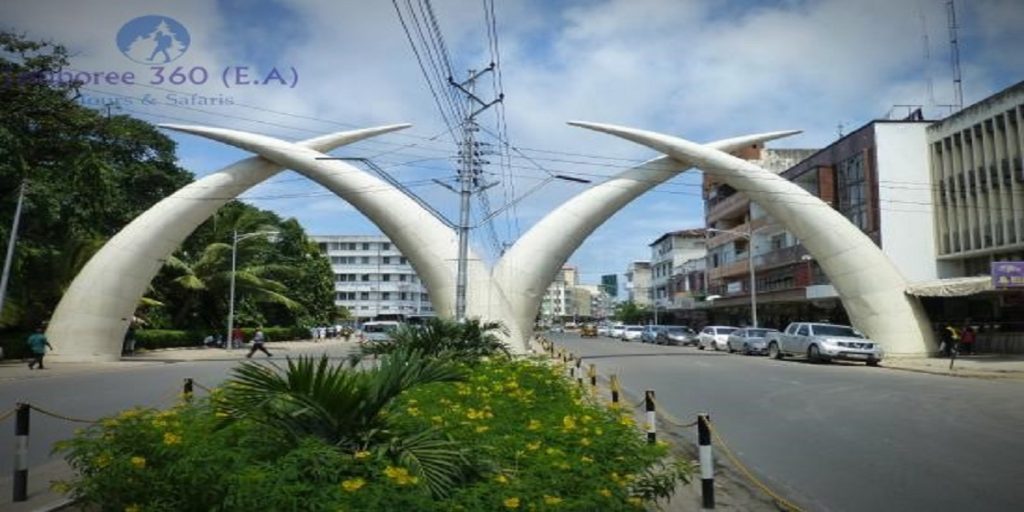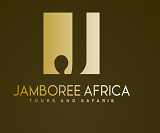
Mombasa City – Kenya Tourist Attraction Destinations
Mombasa City is the second largest city in Kenya. Located on Kenya’s Eastern coastline bordering the Indian Ocean, Mombasa’s original Arabic name is Manbasa.
In Kiswahili, it is called Kisiwa Cha Mvita, which means “Island of War” due to the many changes in its ownership. The town is also the headquarters of Mombasa District which, like most other districts in Kenya, is named after its chief town.
With a population of around 900,000 inhabitants (1999 census), the city is located on Mombasa Island, which is separated from the mainland by two creeks; Tudor Creek and Kilindini Harbour. The island is connected to the mainland to the north by Nyali Bridge, to the south by the Likoni Ferry and to the west by the Makupa Causeway.
Check our Mombasa city safaris Excursions.
The main occupants of the town are the Muslim Mijikenda/Swahili people. Over the centuries there have been many immigrants, particularly from the countries of the Middle East and Indian sub-continent who came mainly as traders and skilled craftsmen. Even after four or five generations, their descendants continue to contribute highly to the economy of present day Mombasa and Kenya as a whole.
The history of the city is a mixture of African, Persian, Arab, Portuguese and British influences which contributed to the rich cultures found in the city today. Mombasa City, a great trading centre with several items such as glass, brass, copper, iron and rhino horn passing through the coast, was originally inhabited by the African Bantu people. The city was then visited by Jordanians in 6th century, Persians in the 9th and 10th century and thereafter Arabs.
The Arabs and Persians developed trading routes, commercial centers and contributed to a flowering of civilization reflected in the glorious architecture of their grand houses, monuments and mosques. While on a voyage around Africa to find the sea route to India, explorer Vasco de Gama discovered the city.
After two years the Portuguese returned to attack the city. Five years later, Almeida, another Portuguese seafarer, plundered the port and 23 years later the Portuguese mounted another raid. The invaders then occupied Mombasa, building the impressive Fort Jesus and dominated the entrance to the old harbour, between 1593 and 1598.
The Arabs made several attempts to regain the town but, the Portuguese, supported mainly by supplies from their Indian ‘colony, Goa, hung onto it for around 100 years. The occupiers were finally defeated in the siege of Fort Jesus which began in March 1696. Portuguese and Indian soldiers eventually relieved the Fort in September 1697, but they could not break the siege. The centuries of conflict earned Mombasa the name “the island of War”
Later the Arab’s triumphed scaling the walls of the fort. Intrigue and rivalry between competing Omani rulers led to a decline in trading along the coast and Mombasa fell under the rule of the Mazruis, who were finally overcome by the Omani leader, Bey Saidi Sultan Sayyid Said in 1822. Two years later, the British warship HMS Leven arrived in Mombasa.
Answering appeals of the Mazruis, the commander, Captain Owen, agreed to declare the city a British protectorate, in return for a promise from the Mazruis to abolish slavery.
During this period, Mombasa City prospered under the Sultan, underpinned largely by the slave trade. However he came under increasing pressure by the British to end the practice and in 1845, he was forced into a treaty that severely restricted this activity. In 1886, in an agreement between Britain and Germany, the territories of Kenya and Uganda were assigned to the British while Tanganyika (Tanzania) came under the rule of Germany. The Imperial British East Africa Company set up its headquarters in Mombasa in 1888. It was the springboard for the colonization of Kenya and the beginning of a British dominance in the country that was to last until independence in 1963.
Remnants of slave trade can still be seen today around the town. Fort Jesus still contains cells where the slaves were held, and various artifacts from that era.
Fort Jesus is perhaps Mombasa’s biggest attraction. The remains of the fort provide an interesting tour back through history and a small museum features a variety of relics. The modern center of Mombasa City is the intersection of four major thoroughfares: Moi Avenue, Nyerere Road, Nkrumah Road, and Digo Road. The city’s most famous land mark is located on Moi Avenue: two pairs of crossed tusks created as a ceremonial arch to commemorate the coronation of Elizabeth II in 1953. Treasury Square remains the administrative center of Mombasa City and features old colonial buildings, the historic town hall, and a charming garden square.
Read More on Wikipedia.

